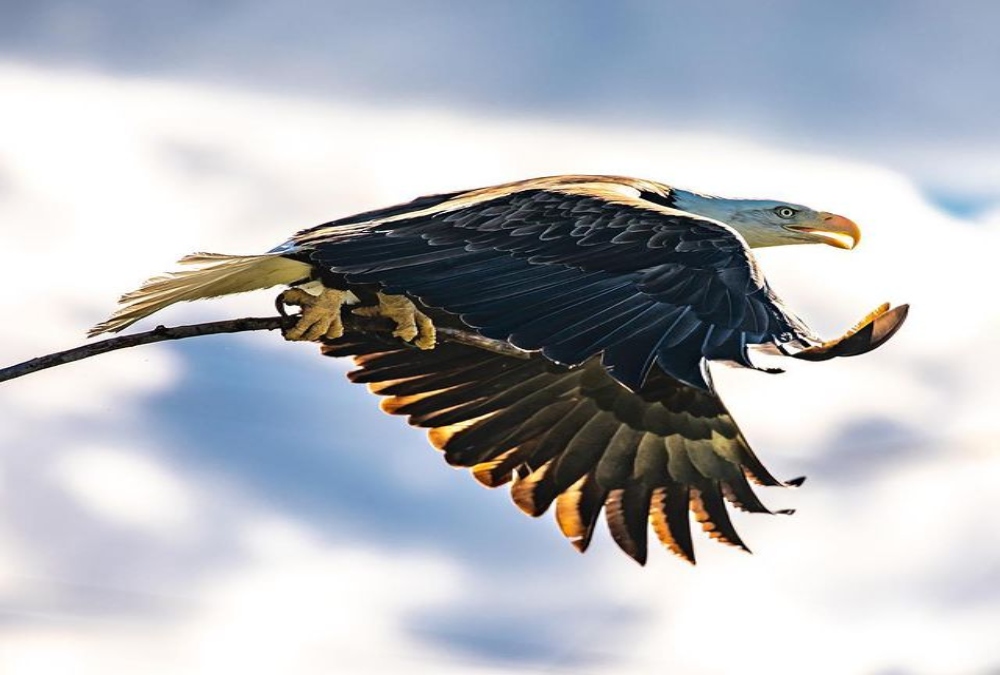According to the nature and wildlife photography expert – Joeri Leeuwerik, nature has blessed us with a lot of things and wildlife is one of them. Birds especially have won the heart of many over the years. They are intelligent, fascinating, fun with a different array of remarkable beautiful colours. Their unique character and most pleasant melodic voices are also a driving factor that makes them even more interesting.
If you are passionate about nature and you are looking into bird photography, you are in the right place. Bird photography can be intriguing yet challenging at the same time. It takes special skills, working with the right equipment, and employing the right lighting condition to achieve success. Here, Joeri Leeuwerik, a renowned photographer best known for his nature and wildlife photography provides tips to capturing interesting moments of bird’s life.
1. Lighting
Every photography starts with good lighting and this include birds. While many thought that bright sunshine is the best, a soft, glowy, less harsh shadows does the trick when it comes to bird photography. For this, you might have to go for it at the golden hour. Joeri Leeuwerik says that at this time, the daylight is redder and softer than when the sun is higher in the sky. These magical hours work wonders. You capture every detail of the bird without shadows coming in the way while the soft light plays on your subject.
2. Equipment
Having the right equipment at your disposal will make a whole difference between a “hit” or “miss” bird photography. This is because some birds are quite shy and might not want you getting closer or intruding their privacy. Hence, you need a heavy camera lens, a good frame rate and autofocus. They can have a great impact on the speed and accuracy. However, if you are working on less lens or not ready to spend big bucks, you can go for more courageous birds.
3. Background
While taking pictures, you want to filter out all unimportant things while the eyes and brain rest on only the subject matter which is the bird. This means we want to see the bird in all its glory not any figs, branches, or any other distracting elements. Let the background be clean, pleasing and ensure they’re a good distance between any distractions and the bird. Hence, before shooting your shot, ensure you take into account the surroundings and position yourself the right way.
4. Approach
Photographing wildlife requires careful movement, with quietness and stillness. Birds hardly sit still and any unusual movement can raise an alarm and cause the birds to fly. For this, you might need to find a place, sit or lie still and be quiet. The birds can reward you by flying to your direction. Another way to go about it is to stalk the birds. Ensure they don’t see you by hiding behind a tree or bush. “You can also need to visit the location consecutively until the birds get comfortable with having you around and you get to take good pictures”, Joeri Leeuwerik advises. While at it, avoid approaching their nest as it can be dangerous for the nesting birds. Although it takes time, patience and diligence, in the end, it’s all worth it.
5. Behaviour
To capture their best moments and actions, it requires patience and effort rather than taking birds that are perched. However, what better way to tell a story through these pictures than taking them during those beautiful moments. This can be any activity from singing birds to taking them in their natural habitat to showing their interactions. You can also include small details such as the flowers, colours, sunset or snows to show the season. You get to capture their moods, activities, and place while getting the viewers immersed in the story that a picture conveys.












